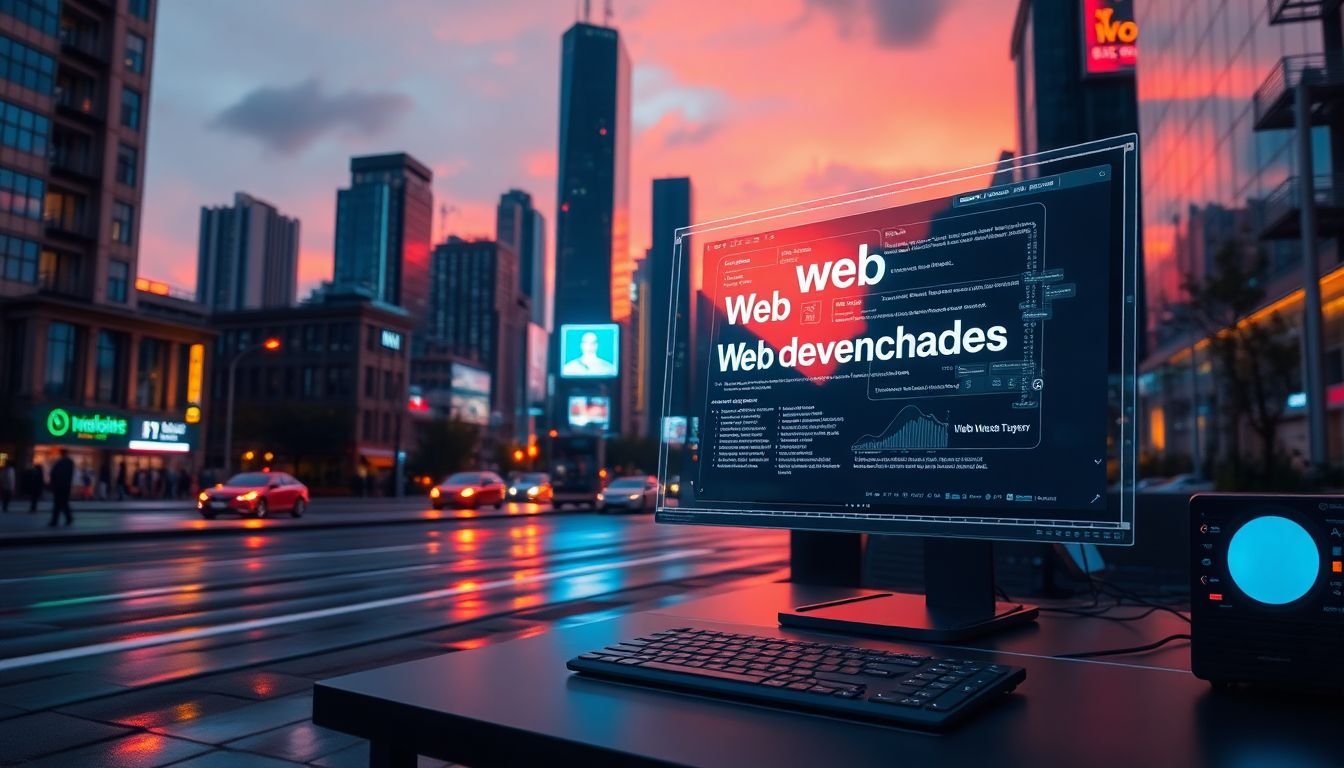
Table of Contents
In the ever-evolving digital landscape, the future of web development is not just about keeping up with the trends, but about shaping them. As we stand on the precipice of 2024, one can’t help but wonder: what lies ahead for our web browsers, and how will we, as developers and users, navigate this exciting new terrain? This article aims to serve as your compass, guiding you through the top 10 web development trends that are set to redefine the digital landscape in the coming years. By the end of this read, you’ll not only agree that these trends are worth your attention, but also gain a clear understanding of how to leverage them to stay ahead in the game.
The digital landscape in 2024 promises to be more immersive, intelligent, and interconnected than ever before. With the global web development services market expected to reach $112.3 billion by 2026, growing at a CAGR of 12.6% during the forecast period (2019-2026), it’s clear that the web is not just a platform, but a thriving ecosystem that’s constantly evolving. But what are the key trends that will drive this growth and transformation? And more importantly, how can you, as a web developer or enthusiast, prepare for this future?
This article promises to demystify these trends, breaking them down into digestible, actionable insights. From the rise of AI and machine learning to the increasing importance of web performance and security, we’ll explore each trend in detail, providing real-world examples and practical tips on how to implement them. So, whether you’re a seasoned developer looking to future-proof your skills or a curious beginner eager to learn about the exciting world of web development, this article is your key to unlocking the digital landscape of 2024.
Navigating the Horizon: Top Web Development Trends Reshaping the Digital Landscape in 2024
As we venture into 2024, the digital landscape is not just evolving, it’s morphing at a pace that’s as exhilarating as it is challenging. The horizon of web development is a vibrant tapestry woven with threads of innovation, each one a trend that’s reshaping the way we interact, connect, and consume online. At the forefront is the rise of progressive web apps (PWAs), blurring the line between web and mobile, offering app-like experiences without the need for downloads. Artificial Intelligence and Machine Learning are no longer buzzwords but integral components, personalizing user experiences and driving predictive analytics. The Internet of Things (IoT) is expanding our digital footprint, connecting devices and creating smarter, more responsive web experiences. And let’s not forget the growing emphasis on sustainability, with green web design and eco-friendly practices becoming not just a trend, but a necessity. As we navigate this horizon, one thing is clear: the future of web development is not just about building websites, it’s about crafting digital ecosystems that are intuitive, intelligent, and infinitely interconnected.
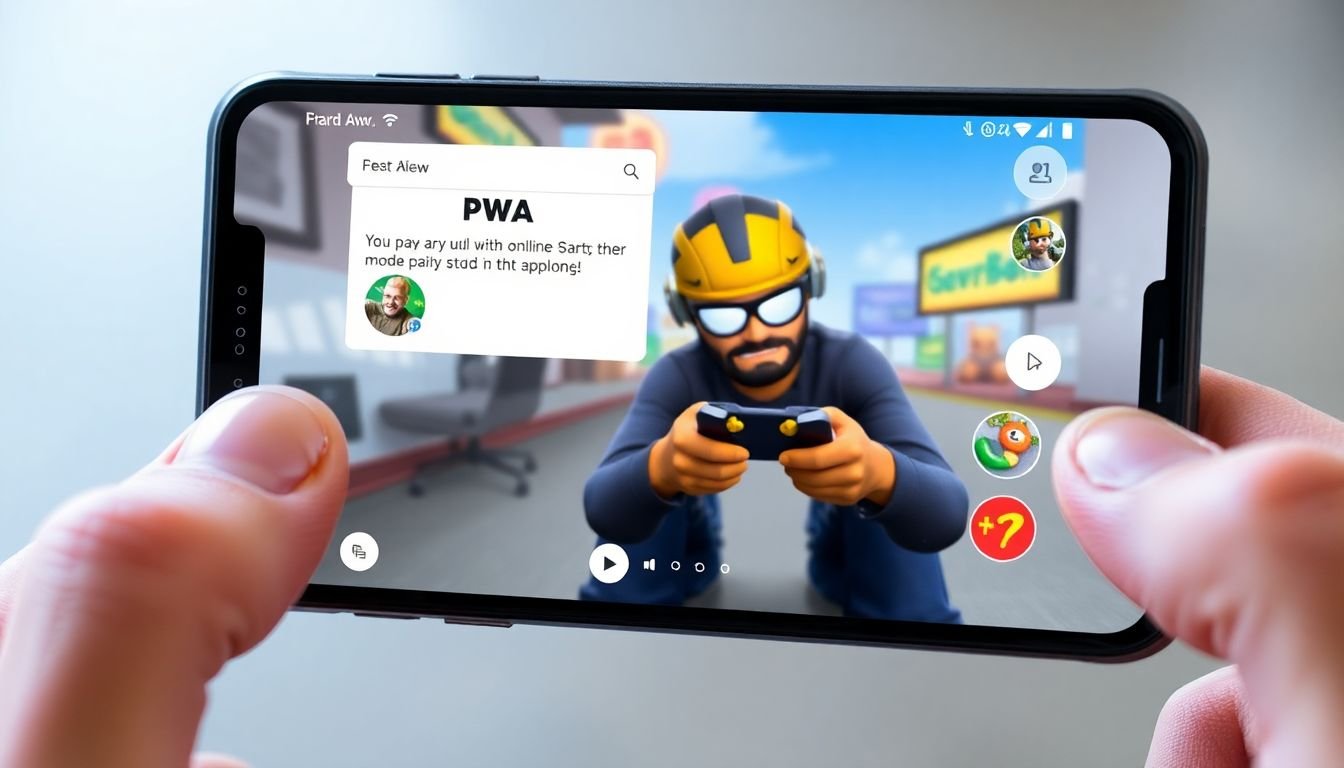
The Rise of Progressive Web Apps (PWAs)
In the dynamic realm of digital technology, a new breed of applications is rising to prominence, reshaping our mobile experiences: Progressive Web Apps (PWAs). These are not your typical mobile apps; they are a fusion of web and mobile, offering an unparalleled user experience that is set to dominate the digital landscape by 2024.
The allure of PWAs lies in their ability to provide app-like experiences on the web, without the need for installation from an app store. They are responsive, work on any device, and can even function offline, thanks to service workers and the Cache API. Take, for instance, Twitter Lite, a PWA that allows users to tweet, follow, and explore content even in low connectivity areas.
Another standout feature of PWAs is their support for push notifications. Unlike traditional web apps, PWAs can send notifications to users, keeping them engaged and informed, even when they’re not actively using the app. Starbucks’ PWA, for example, sends users personalized offers and updates, driving customer loyalty and engagement.
PWAs also have the capability to access hardware features like cameras, geolocation, and sensors, further enhancing their functionality. Uber’s PWA, for instance, can access a user’s location and camera to capture images of license plates, streamlining the car rental process.
Moreover, PWAs are faster and cheaper to develop and maintain than native apps. They also have better search engine optimization (SEO), as they can be indexed by search engines like any other web page.
By 2024, the rise of PWAs is expected to be meteoric. As more businesses recognize their benefits and users demand faster, more reliable experiences, PWAs will continue to shape the digital landscape, blurring the lines between web and mobile.
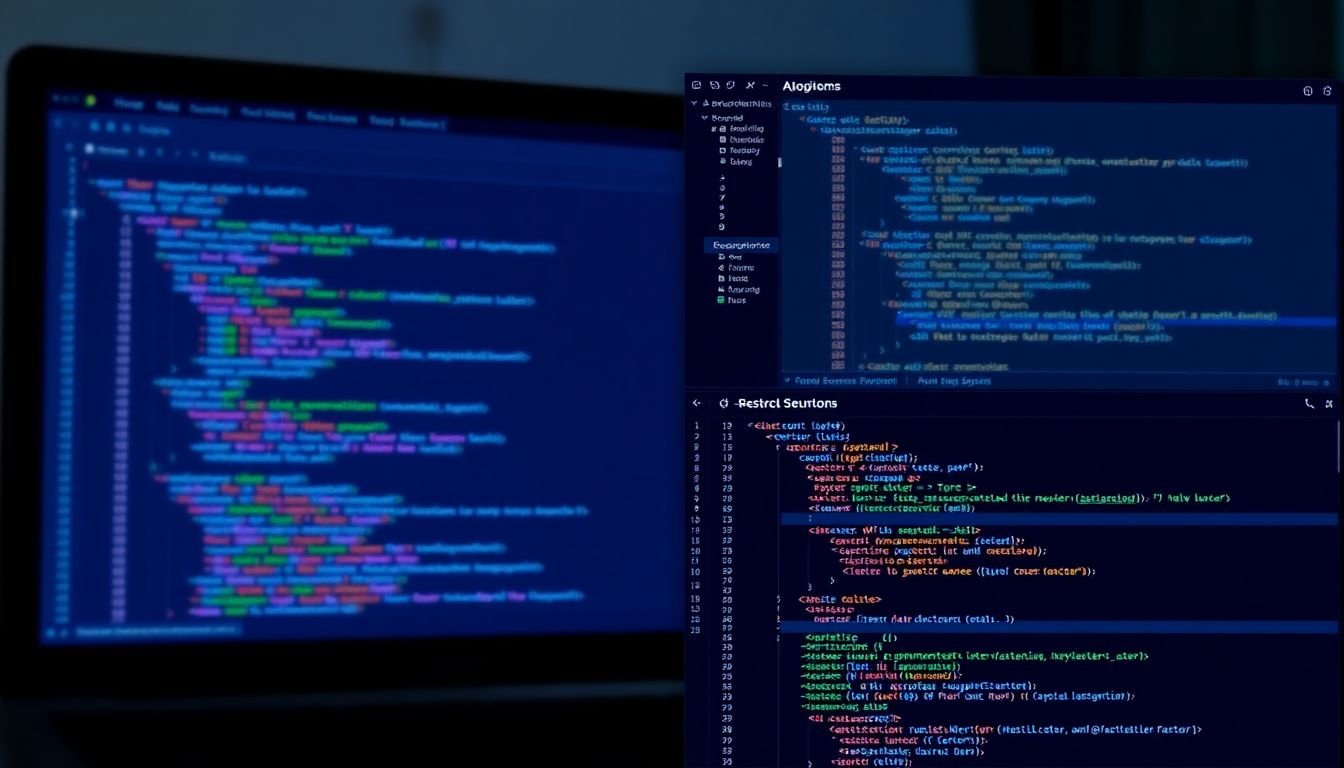
Artificial Intelligence and Machine Learning Integration
In the dynamic landscape of web development, Artificial Intelligence (AI) and Machine Learning (ML) have emerged as transformative forces, reshaping user experiences and empowering businesses with unprecedented insights. The integration of AI and ML is not merely about adding new features; it’s about creating intelligent, adaptive, and personalized web experiences.
The journey begins with understanding user behavior. AI-driven analytics can predict user preferences, enabling web developers to create tailored content and layouts. For instance, Netflix uses AI to suggest movies and TV shows based on viewing history, significantly enhancing user engagement.
AI and ML also power predictive analytics, helping businesses anticipate trends and make data-driven decisions. Amazon’s recommendation engine, for example, uses ML algorithms to suggest products based on past purchases and browsing history, driving sales and customer loyalty.
However, the integration of AI and ML is not without its challenges and ethical implications. Data privacy is a significant concern. Websites must ensure they have explicit user consent before collecting and using data for AI and ML purposes. Moreover, there’s a risk of creating echo chambers, where users only encounter content that aligns with their existing views, potentially limiting exposure to diverse perspectives.
Another challenge is the explainability of AI decisions. Many AI models are ‘black boxes,’ making it difficult to understand how they arrived at a particular outcome. This lack of transparency can be problematic, especially in sectors like finance or healthcare where accountability is crucial.
In conclusion, AI and ML are revolutionizing web development, offering new opportunities for personalized user experiences and data-driven decision making. However, they also present challenges that the web development community must address responsibly. As we continue to explore this exciting frontier, it’s essential to strike a balance between innovation and ethical considerations.
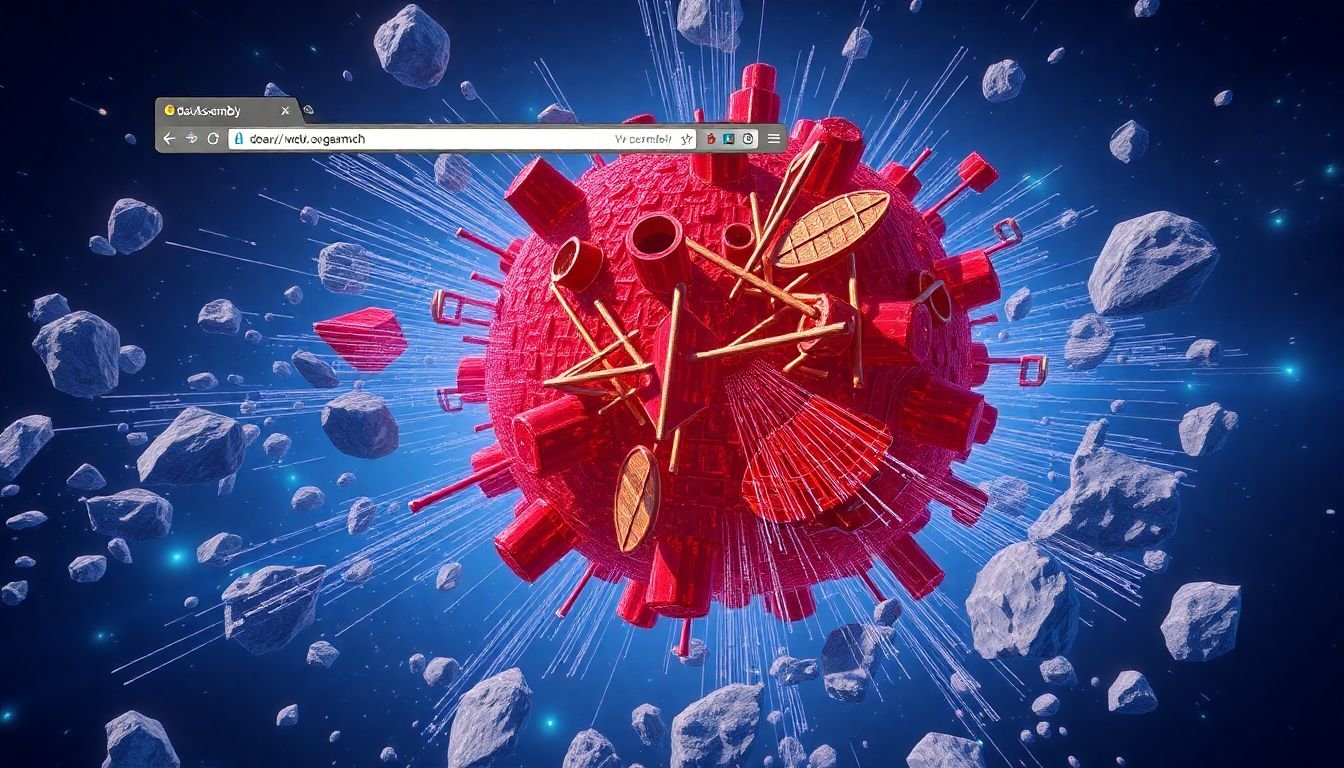
The Advent of WebAssembly (WASM)
In the ever-evolving landscape of web development, a groundbreaking innovation has emerged, poised to revolutionize the way we think about browser-based applications: WebAssembly, or WASM. This cutting-edge technology introduces a new binary instruction format designed for a stack-based virtual machine, enabling it to run code written in system programming languages like C, C++, and others, directly in the browser at near-native speeds.
WebAssembly’s potential is vast and multifaceted. For game developers, it opens up a new world of possibilities. With WASM, complex, graphics-intensive games can now run seamlessly in the browser, eliminating the need for plugins or extensions. This means faster load times, improved security, and a more accessible gaming experience for users.
Similarly, 3D graphics rendering, once a challenge for web-based applications, becomes more feasible with WebAssembly. The ability to run heavy-duty 3D rendering libraries directly in the browser paves the way for immersive, interactive 3D experiences on the web.
Moreover, WebAssembly’s impact extends to complex data processing. With its ability to run system programming languages in the browser, WASM allows for efficient, high-performance data processing on the client-side. This could lead to faster, more responsive web applications, and even the possibility of running machine learning models directly in the browser.
In essence, WebAssembly is not just a new way to run code in the browser; it’s a game-changer. It blurs the lines between native and web applications, opening up new avenues for innovation and pushing the boundaries of what’s possible on the web.

Voice User Interface (VUI) and Conversational Design
In the ever-evolving landscape of web development, a new frontier is emerging, one that’s not just about screens, but about sound and conversation. Welcome to the world of Voice User Interfaces (VUIs) and conversational design. This trend, once a futuristic concept, is now a reality, transforming how we interact with the digital world. At the heart of this revolution are virtual assistants and chatbots, our digital companions that understand and respond to voice commands. They’ve moved beyond the confines of smartphones and smart speakers, integrating into websites, offering a more intuitive, hands-free user experience. Imagine navigating a website, asking for product recommendations, or checking your order status, all with just your voice. It’s like having a personal shopping assistant, always ready to help. Voice commands and conversational design are not just about convenience; they also enhance accessibility. They break down barriers for users with visual impairments or motor difficulties, making the web more inclusive. Moreover, they can provide a more natural, engaging user experience, mimicking human conversation. However, designing voice-driven web applications is not without its challenges. Understanding accents, handling background noise, and interpreting complex commands are just a few hurdles. But with advancements in speech recognition technology and machine learning, these challenges are being overcome. Best practices in conversational design involve understanding user intent, keeping interactions simple and direct, and providing clear, concise responses. It’s also crucial to design for failure, anticipating misunderstandings and providing helpful error messages. Regular user testing and feedback are vital to refine and improve these systems. In conclusion, VUIs and conversational design are not just trends; they’re the future of web development. They’re redefining user experience, making it more intuitive, accessible, and engaging. As we continue to explore this voice-driven world, the possibilities are as vast as the human voice itself.
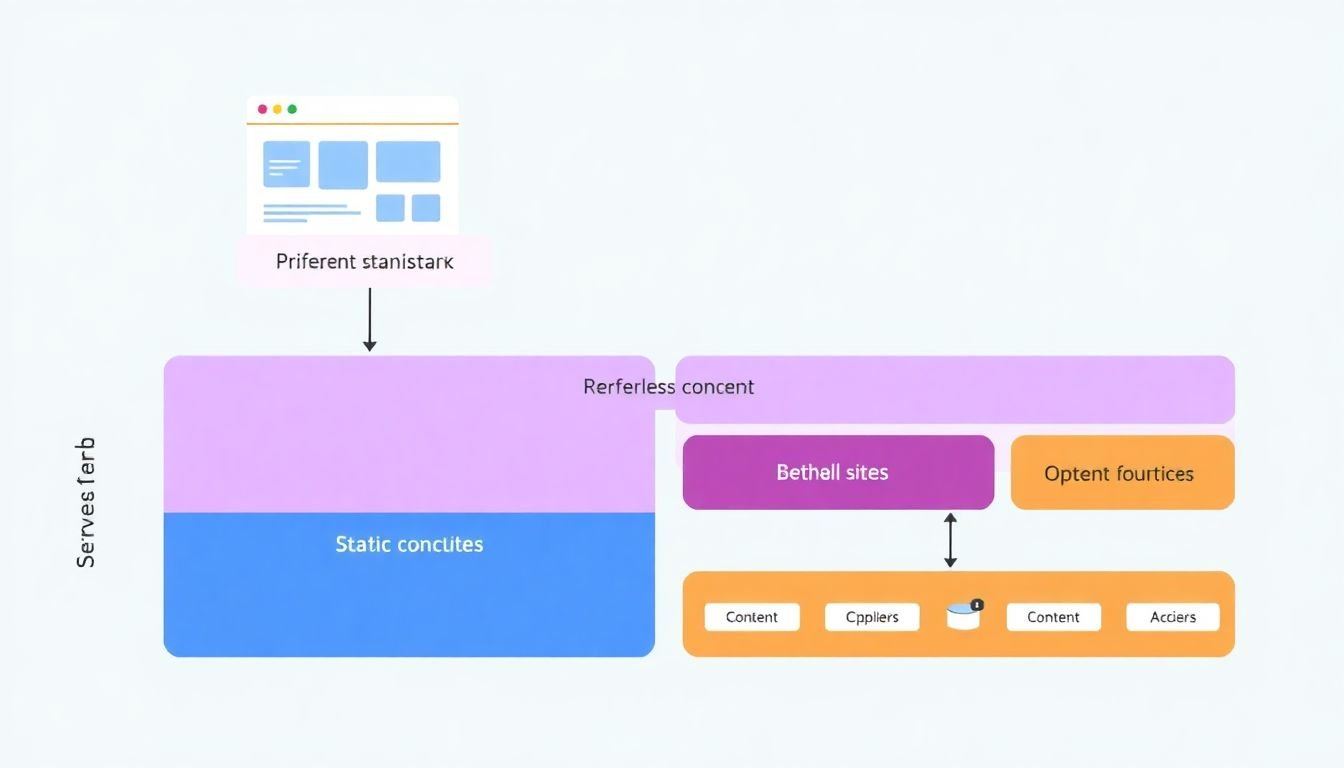
The Emergence of Jamstack Architecture
In the dynamic landscape of web development, a new architectural approach has emerged, challenging the traditional server-based models: the Jamstack architecture. Jamstack, an acronym for JavaScript, APIs, and Markup, is a modern web development architecture that decouples the frontend and backend, enabling a more efficient, secure, and scalable web experience.
The core of Jamstack lies in pre-rendering, a process where web pages are generated at build time, resulting in static HTML files. This approach, unlike traditional server-side rendering, eliminates the need for a server to generate pages on the fly, leading to faster load times and reduced server costs. Additionally, static sites are inherently more secure as they don’t rely on server-side processing, minimizing potential attack vectors.
Another key feature of Jamstack is its decoupled content management. Instead of relying on a monolithic CMS, Jamstack uses APIs to fetch data from various sources, allowing for a more modular and flexible content management strategy. This approach enables developers to use their preferred tools and services for different aspects of their project, fostering a more agile development environment.
Popular platforms that have embraced the Jamstack architecture include Netlify, Vercel (the company behind the popular React framework), and Gatsby. Netlify, for instance, offers a robust platform for building, deploying, and managing Jamstack sites, with features like continuous integration and automatic HTTPS. Vercel, on the other hand, provides a serverless platform that enables developers to deploy their Jamstack applications with ease. Gatsby, a popular open-source framework, leverages React to build fast, secure, and scalable websites and apps.
The growing adoption of Jamstack can be attributed to its numerous benefits. It empowers developers to build faster, more secure websites, reduces server costs, and offers a more flexible content management strategy. As such, it’s no surprise that Jamstack is increasingly becoming the architecture of choice for modern web development.
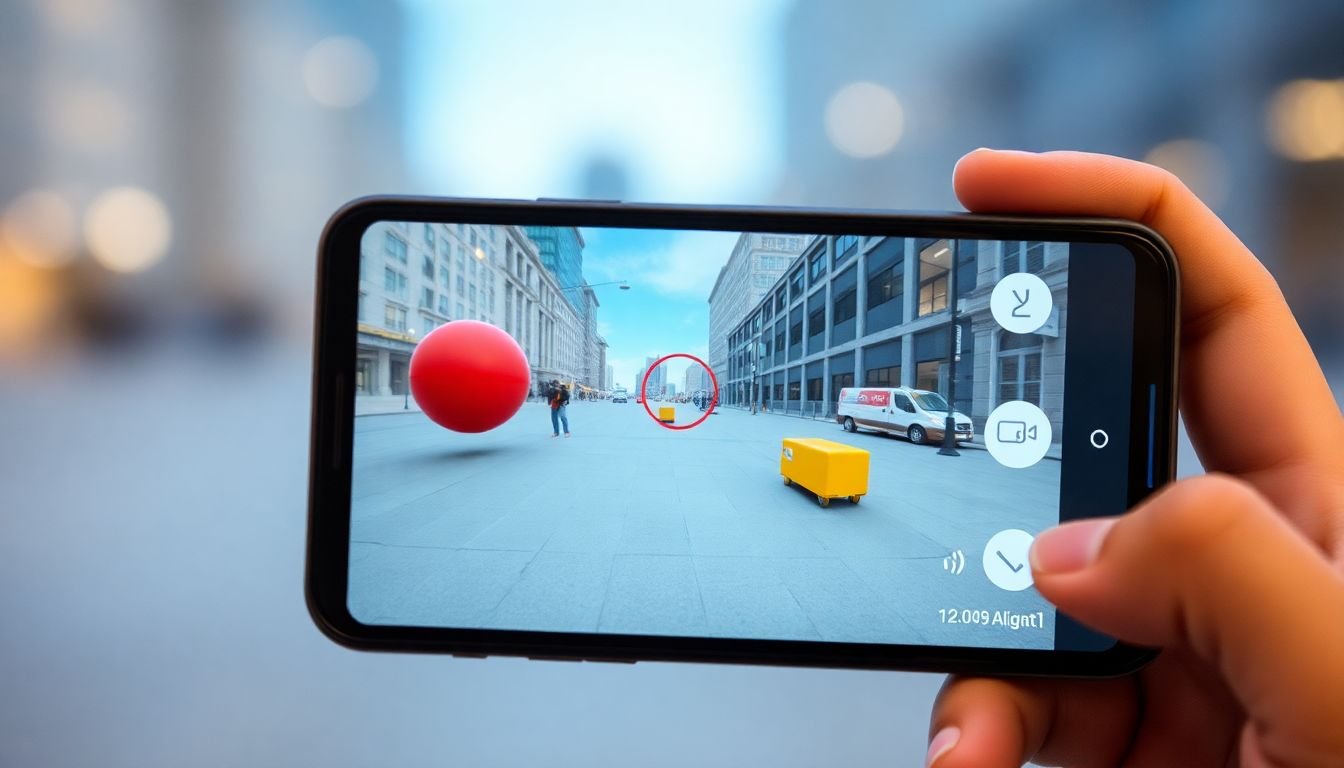
WebAR and the Metaverse
WebAR, or Web-based Augmented Reality, is an innovative technology that’s poised to revolutionize the way we interact with the digital world. By overlaying digital information onto the real world, WebAR is making the web more immersive and interactive than ever before. But how does this fit into the grander scheme of things? Let’s take a step back and consider the metaverse, a collective virtual shared space created by the convergence of physically persistent virtual worlds, augmented reality, and the internet.
The metaverse, as envisioned by futurists, is a vast, interconnected network of digital spaces where people can work, play, socialize, and create. It’s a world where the physical and digital realms merge, and WebAR is one of the key technologies that will help us get there. By enabling users to experience digital content in the real world, WebAR is a crucial bridge between the physical and virtual realms.
But what does this mean for businesses? WebAR opens up a world of possibilities for creating engaging, immersive customer experiences. Imagine trying on clothes virtually before making a purchase, or visualizing how a piece of furniture would look in your living room. These are just a couple of examples of how WebAR is already transforming retail. But the potential extends far beyond that. In education, WebAR can provide interactive learning experiences. In real estate, it can allow potential buyers to tour properties remotely. And in marketing, it can create memorable, shareable brand experiences.
To illustrate, let’s consider a few WebAR use cases:
- IKEA’s Place app allows customers to virtually place furniture in their own space, helping them to visualize how it would look and making the buying process more confident.
- L’Oréal’s MakeupGenius app uses WebAR to let users try on makeup virtually, providing a fun, interactive way to test products before purchasing.
- Merrell’s TrailScape app creates an augmented reality trail run in the user’s own environment, providing an immersive, gamified experience that promotes the brand’s outdoor ethos.
As these examples show, WebAR is more than just a gimmick. It’s a powerful tool that’s already transforming the way businesses interact with their customers. And as the metaverse continues to take shape, WebAR will be at the forefront of this exciting new frontier, shaping the future of web development and creating new opportunities for businesses to connect with their audiences in meaningful, innovative ways.
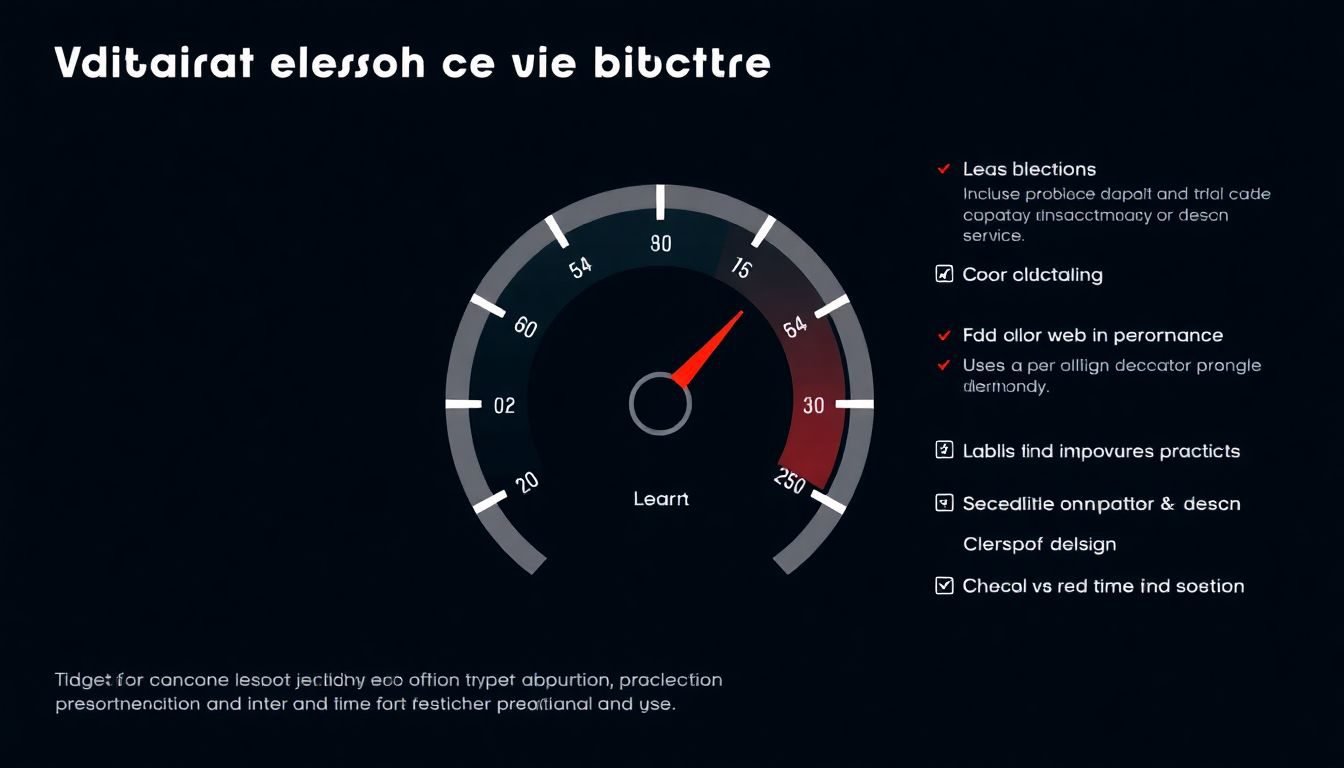
The Importance of Web Performance and Core Web Vitals
In the digital age, where user experience is king, web performance has emerged as a critical factor determining a site’s success. A website that loads quickly and functions smoothly not only delights users but also boosts business outcomes. This is where Google’s Core Web Vitals come into play, serving as a set of metrics that measure real-world user experience for loading performance, interactivity, and visual stability.
The Core Web Vitals, introduced by Google, include Largest Contentful Paint (LCP), First Input Delay (FID), and Cumulative Layout Shift (CLS). LCP measures perceived load speed, FID quantifies interactivity, and CLS assesses visual stability. These metrics are now integral to Google’s search engine rankings, making them a crucial aspect for any website aiming for higher visibility.
To optimize web performance and ace the Core Web Vitals, consider the following best practices:
- Lazy Loading: This technique defers the loading of offscreen images and videos until they’re needed, improving initial page load times.
- Image Optimization: Compress images, serve them in next-gen formats like WebP, and use responsive images to reduce file sizes and improve load times.
- Efficient Coding Practices: Minimize CSS, JavaScript, and HTML, leverage browser caching, and reduce server response times to enhance overall performance.
By implementing these strategies, you can enhance your website’s performance, improve user experience, and boost your search engine rankings, all while keeping Google’s Core Web Vitals in mind.

Sustainable Web Development and Green Hosting
In the digital age, the internet has become an integral part of our lives, but it’s often overlooked that this vast network of information has a significant environmental impact. The web, much like any other industry, contributes to carbon emissions, primarily through energy consumption in data centers and the production of electronic waste. However, the tide is turning, and there’s a growing recognition of the importance of sustainability in web development.
Sustainable web development is not just about creating visually appealing websites; it’s about building responsibly, with a focus on efficiency and minimalism. This involves efficient coding practices to reduce the size of web pages, thereby decreasing the energy required to load them. It also entails minimalist design, which not only enhances user experience but also reduces data usage and processing power.
Green hosting plays a pivotal role in this equation. Traditional hosting providers often rely on fossil fuels for energy, contributing to greenhouse gas emissions. Eco-friendly hosting providers, on the other hand, prioritize renewable energy sources like wind and solar power. Some even go a step further, implementing carbon offset programs to neutralize their emissions.
To embrace sustainable web development, consider the following best practices:
- Optimize images and other media to reduce their file size.
- Minimize HTTP requests by combining and minifying files.
- Use efficient coding languages and frameworks.
- Choose a green hosting provider that aligns with your sustainability goals.
Every step towards a greener web counts, and it’s encouraging to see the web development community increasingly embracing these principles.

The Future of Web Accessibility
In the dynamic realm of web development, accessibility has emerged as a critical frontier, evolving at a pace that mirrors the digital revolution itself. The future of web accessibility is not just about compliance, but about harnessing innovative technologies and design principles to create truly inclusive digital spaces.
Artificial Intelligence (AI) and Machine Learning (ML) are set to play a pivotal role in this evolution. AI-powered tools can analyze web content and provide real-time feedback on accessibility issues, enabling developers to identify and rectify problems before launch. For instance, the AI tool ‘aXe’ can automatically check web pages for accessibility issues, making the process more efficient and less reliant on manual testing.
Moreover, AI can enhance user interaction by learning from user behavior and adapting content to suit individual needs. This could include adjusting font sizes, color contrasts, or even providing alternative text descriptions for images based on a user’s preferences or abilities.
Inclusive design is another trend shaping the future of web accessibility. This approach focuses on designing for the extremes, ensuring that a website can be used by as many people as possible, regardless of their abilities or circumstances. It’s about creating a website that works for everyone, not just the average user.
User testing, particularly with users who have disabilities, will remain a crucial aspect of web accessibility. It’s not enough to assume that a website is accessible; it must be tested and proven to be so. This involves
- using screen readers to check for alt text and proper heading structures,
- testing with keyboard navigation to ensure all functionality is accessible,
- and involving users with a variety of disabilities in the testing process.
Innovative accessibility solutions are already making a significant impact. For example, the ‘Landmark’ browser extension uses AI to provide visual and auditory feedback to users with visual impairments, helping them navigate websites more easily. Similarly, the ‘Be My Eyes’ app connects blind and low vision individuals with sighted volunteers for visual assistance through a live video call. These solutions demonstrate the power of technology to transform the user experience for people with disabilities.